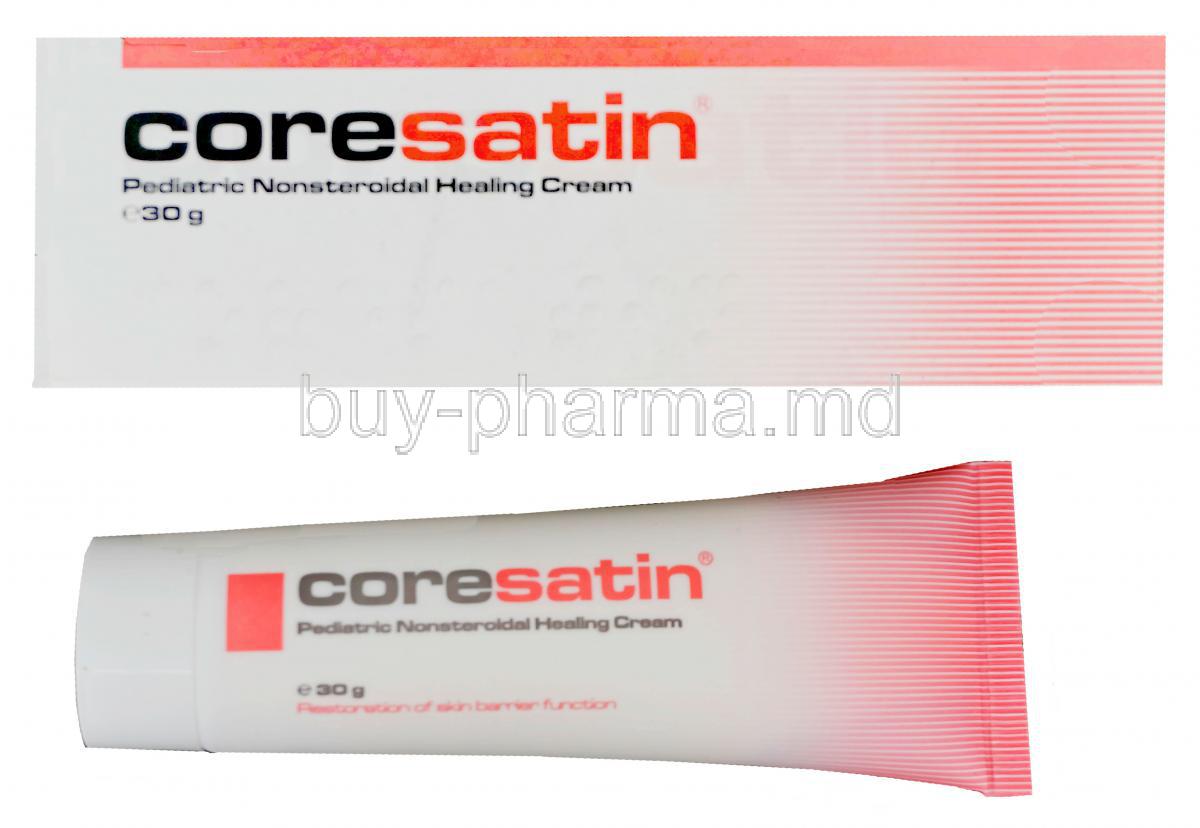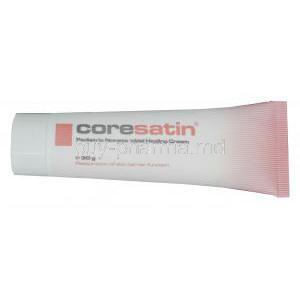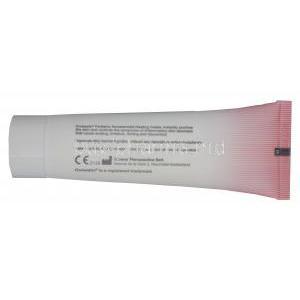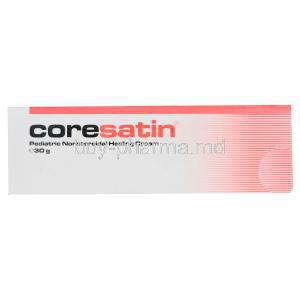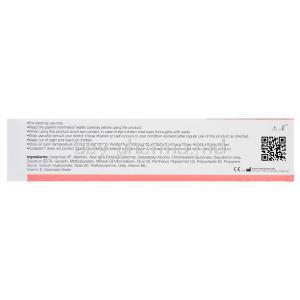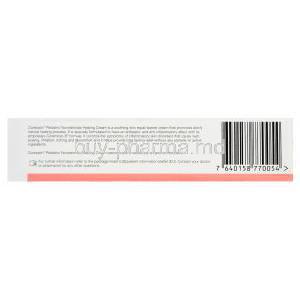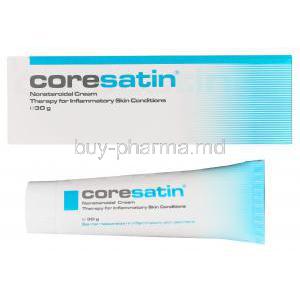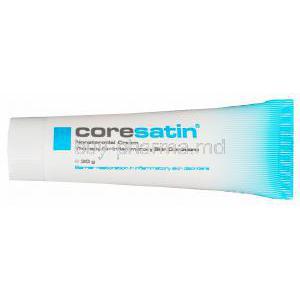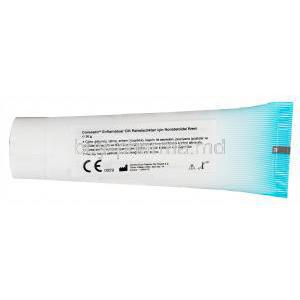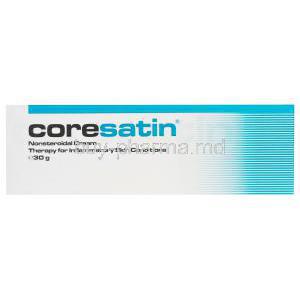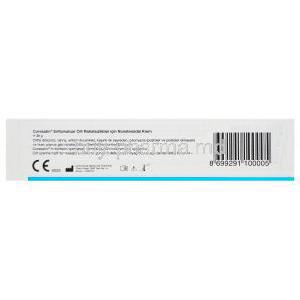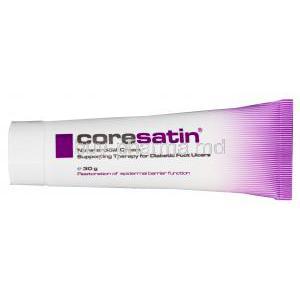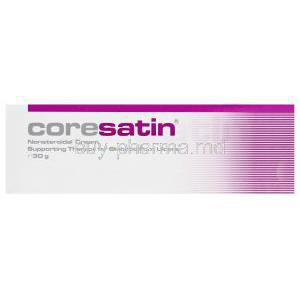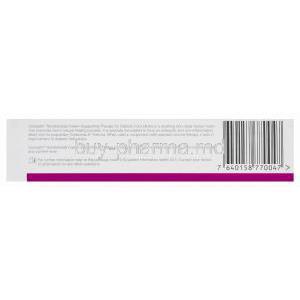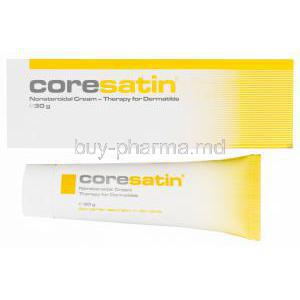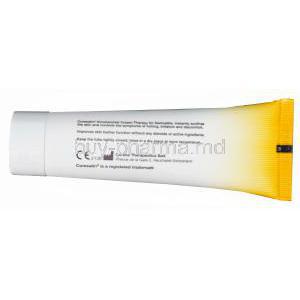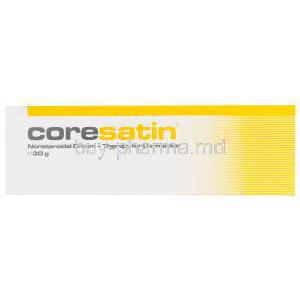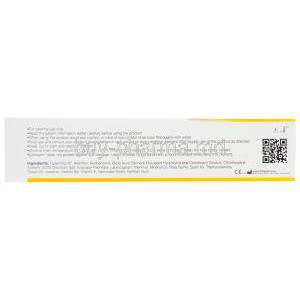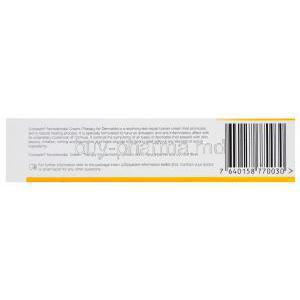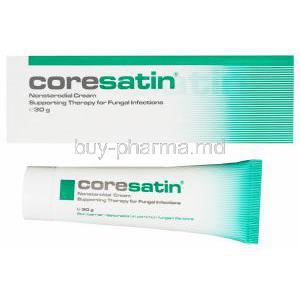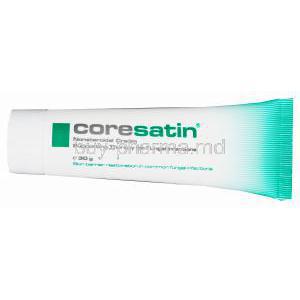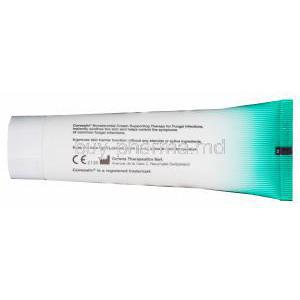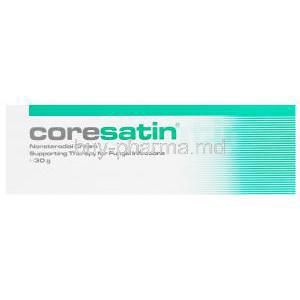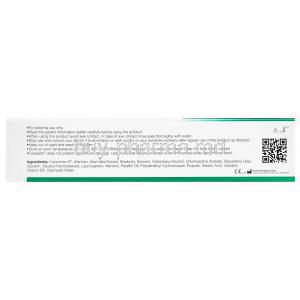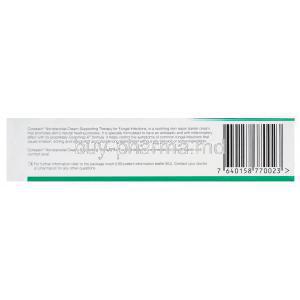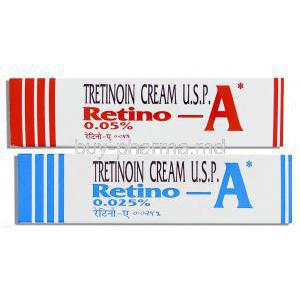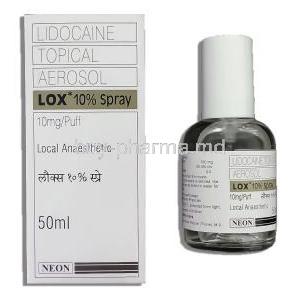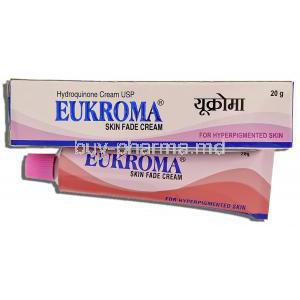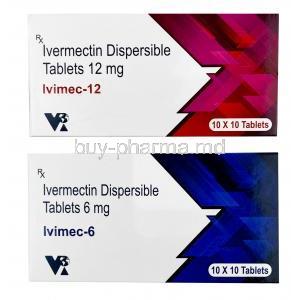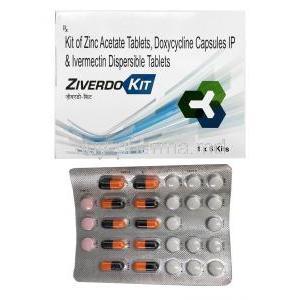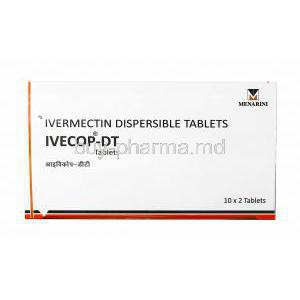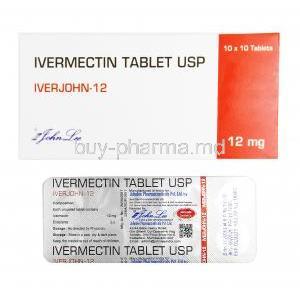Introduction to Coremirac-6
Coremirac-6 is a multi-ingredient therapeutic supplement designed to support immune health and combat a wide range of infections. It is typically classified under immune-enhancing or anti-infective adjunct therapies and is formulated for both preventative and supportive clinical scenarios.
Presented in tablet form, Coremirac-6 is commonly prescribed to adults and children who are prone to recurrent infections or those recovering from infectious diseases. Its balanced formulation makes it suitable for diverse patient populations, especially those requiring immune restoration or augmentation during convalescence.
This supplement plays a crucial role in the clinical management of respiratory conditions, post-viral recovery, and immune insufficiency syndromes. Its comprehensive approach targets both the infection and the systemic response.
Composition and Active Ingredients
Coremirac-6 contains six carefully selected active components, each contributing uniquely to its therapeutic efficacy:
- L-Lysine: An essential amino acid known to inhibit viral replication, particularly in herpes simplex infections.
- Vitamin C (Ascorbic Acid): Potent antioxidant and immune booster that helps mitigate oxidative stress.
- Zinc Sulfate: Supports immune function and aids in the modulation of inflammatory responses.
- Vitamin D3: Enhances innate immunity and has anti-inflammatory properties.
- Curcumin: A bioactive compound with proven anti-inflammatory and antimicrobial effects.
- Selenium: A trace element critical for antioxidant enzyme activity and immune surveillance.
Inactive ingredients include microcrystalline cellulose, magnesium stearate, and colloidal silicon dioxide, ensuring tablet integrity and consistent bioavailability. The combination of ingredients provides a synergistic effect, strengthening immune resilience while reducing the severity and duration of infections.
Mechanism of Action: How Coremirac-6 Works
The pharmacodynamic activity of Coremirac-6 is driven by its diverse ingredients, each targeting specific immunological or infectious processes:
- Immunomodulation: Vitamin D3 and Zinc regulate T-cell activation and cytokine production, enhancing host defense.
- Antiviral and Antibacterial Action: L-Lysine suppresses viral growth, while Curcumin and Selenium exhibit broad-spectrum antimicrobial properties.
- Antioxidant Protection: Vitamin C and Selenium neutralize free radicals, protecting cells from oxidative stress during infection.
Together, these actions result in improved infection control, faster tissue recovery, and reduced systemic inflammation.
Approved Medical Uses of Coremirac-6
Coremirac-6 is widely utilized in the clinical setting for its broad-spectrum utility:
- Treatment of bacterial and viral infections: Especially in upper respiratory tract infections, mild viral fevers, and flu-like syndromes.
- Supportive therapy in respiratory illnesses: Used alongside antibiotics or antivirals to expedite recovery and reduce complications.
- Use in immune-compromised individuals: Aids in restoring immune balance in patients with chronic illnesses or after chemotherapy.
- Role in recovery from febrile illnesses: Accelerates normalization of body systems post-infection.
Off-Label Uses and Emerging Applications
Although not universally approved for all indications, Coremirac-6 is gaining attention for its potential in various adjunctive roles:
- Post-viral fatigue syndrome: Used to reduce lingering fatigue and weakness following viral illnesses.
- Adjunct therapy in autoimmune conditions: Its anti-inflammatory ingredients may complement immunosuppressive regimens.
- Dermatological infections: Zinc and Curcumin may provide benefit in skin infections or inflammatory dermatoses.
- Pediatric immune support: Used cautiously under medical supervision to reduce recurrence of colds and infections.
Dosage and Administration Guidelines
Dosage recommendations are determined by age, weight, and clinical severity:
- Adults: Typically 1–2 tablets daily, preferably after meals.
- Children: Dosing adjusted to body weight; usually half the adult dose or as advised by a physician.
- Renal or hepatic impairment: Dose modification may be necessary to avoid accumulation.
Coremirac-6 should be taken with water and not on an empty stomach to minimize gastrointestinal discomfort. Consistency in administration time enhances therapeutic consistency.
Side Effects of Coremirac-6
7.1 Common Side Effects
- Mild gastrointestinal discomfort including nausea, bloating, or soft stools.
- Fatigue or transient headache in sensitive individuals.
- Altered taste or metallic aftertaste temporarily following ingestion.
7.2 Serious Adverse Effects
- Hypersensitivity reactions: Rash, itching, or respiratory symptoms requiring discontinuation.
- Elevated liver enzymes: Observed rarely with long-term or high-dose use.
- Hematological changes: Uncommon but may include mild leukopenia or thrombocytopenia in predisposed individuals.
Warnings and Important Precautions
- Individuals with known allergies to any component must avoid Coremirac-6 to prevent hypersensitivity reactions.
- Prolonged use beyond the recommended duration should be done under physician monitoring to avoid organ strain.
- Patients with hepatic dysfunction should undergo liver function monitoring during extended therapy.
- Ensure adequate hydration and nutrition, particularly in cases of active infection, to optimize supplement effectiveness and minimize side effects.
Contraindications for Use
Coremirac-6 should not be administered in specific clinical scenarios due to potential risk of serious adverse events. Caution must be exercised to avoid complications in the following groups:
- Known hypersensitivity: Any individual with a documented allergy to one or more components of Coremirac-6 should not use this product, as it may trigger anaphylaxis or severe cutaneous reactions.
- Severe hepatic or renal insufficiency: Patients with markedly impaired liver or kidney function may not metabolize or eliminate the ingredients efficiently, increasing the risk of systemic toxicity.
- Autoimmune hepatitis: The immunomodulatory properties of certain active ingredients could exacerbate autoimmune hepatic conditions.
- Hematologic abnormalities: Individuals with a history of blood dyscrasias or bone marrow suppression should avoid use due to potential alterations in leukocyte or platelet counts.
Drug Interactions and Dietary Considerations
Coremirac-6’s multi-ingredient nature predisposes it to a range of interactions that may either diminish its effectiveness or potentiate undesirable effects:
- Interaction with immunosuppressive agents: Concomitant use with corticosteroids, biologics, or cytotoxic drugs may result in conflicting immune responses or reduced efficacy of either agent.
- Antacids and chelating agents: Products containing calcium, magnesium, or aluminum can interfere with the absorption of minerals like zinc and selenium present in Coremirac-6, reducing its bioavailability.
- Avoidance of alcohol and high-fat meals: Ethanol may impair liver function and compound hepatic stress. Fat-rich meals can delay gastric emptying, potentially altering pharmacokinetics.
- Herbal supplements: St. John’s Wort, echinacea, and similar botanicals may affect the metabolism of active constituents or potentiate immune stimulation, necessitating clinical discretion.
Administration in Special Populations
11.1 Use in the Elderly
Older adults may require individualized dosing and enhanced monitoring due to age-related physiological changes:
- Altered pharmacokinetics: Slower hepatic metabolism and reduced renal clearance may prolong exposure to active ingredients.
- Baseline assessment: Liver and kidney function tests should be reviewed prior to initiation to mitigate risks of accumulation or toxicity.
- Symptom vigilance: Monitor for excessive fatigue, dizziness, or postural hypotension, which may signal systemic intolerance.
11.2 Use During Pregnancy and Lactation
The use of Coremirac-6 in pregnant or breastfeeding women should be approached with extreme caution:
- Animal data: While some components have shown no teratogenic effects in animal studies, human safety data remain limited.
- Trimester-specific guidance: Avoid use during the first trimester due to potential organogenesis disruption; use in later trimesters only if benefit outweighs risk.
- Lactation concerns: Trace components may be secreted into breast milk. Though effects on nursing infants are not well documented, cautious use or temporary discontinuation of breastfeeding may be advisable.
11.3 Use in Pediatric Populations
Pediatric administration requires careful consideration of safety margins and dosing precision:
- Safety profile: Generally considered safe for children above two years, but not approved for infants unless specifically advised by a pediatrician.
- Age-based dosing: Doses should be calculated based on body weight or surface area to avoid overmedication.
- Monitoring needs: Observe for behavioral changes, digestive disturbances, or allergic manifestations throughout the treatment course.
Overdose and Emergency Management
Overconsumption of Coremirac-6, intentional or accidental, necessitates swift medical evaluation and intervention:
- Symptoms of overdose: Nausea, vomiting, dizziness, metallic taste, abdominal pain, tremors, and confusion are common. In severe cases, hepatic or renal dysfunction may ensue.
- First aid response: Induce vomiting only under medical supervision. Immediate contact with a poison control center is essential.
- Decontamination: Gastric lavage and activated charcoal may be employed if the patient presents within one hour of ingestion.
- Supportive care: Monitor cardiovascular, hepatic, and renal parameters continuously. Hospitalization may be required for electrolyte management and organ support.
Handling, Storage, and Disposal Instructions
Maintaining the integrity and safety of Coremirac-6 depends on strict adherence to recommended storage and handling protocols:
- Storage conditions: Store in a cool, dry place away from direct sunlight. Ideal temperature range is 15–25°C (59–77°F). Avoid exposure to moisture and heat.
- Safe handling: Tablets should be kept in their original blister packaging until use. Avoid crushing or splitting unless advised by a healthcare provider.
- Disposal guidelines: Expired or unused medication should be disposed of in accordance with local pharmaceutical waste regulations. Do not flush down toilets or sinks.
- Caregiver instructions: Keep out of reach of children. Administer only under supervision and document each dose for accuracy and compliance.

